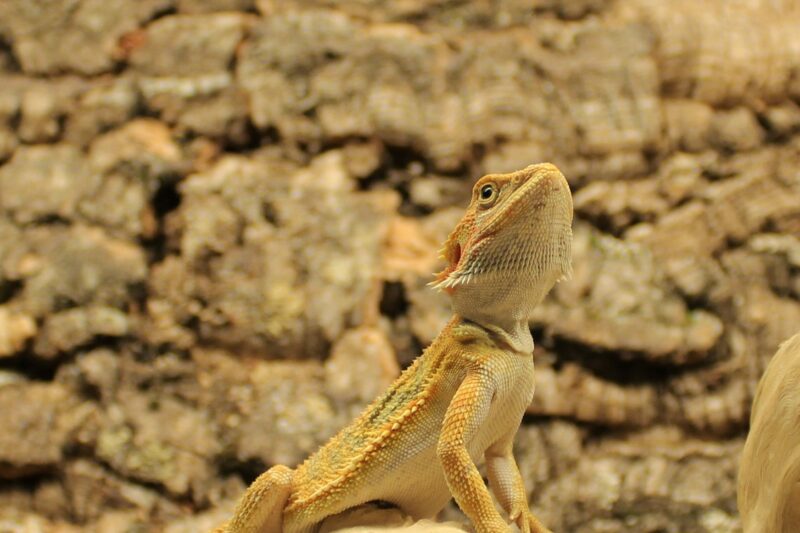
Why Do UVB Lamps for Reptiles Need to Be Replaced?
Why Do UVB Lamps for Reptiles Need to Be Replaced and How Often UVB lamps are essential for the health and well-being of reptiles, but

Reptiles, unlike mammals, cannot synthesize vitamin D3 through their diet alone. Instead, they rely on UVB light to produce this essential nutrient. Here’s why UVB light is crucial for reptiles and how their bodies utilize it:
UVB light, with wavelengths between 280-320 nm, plays a vital role in reptile health. When UVB light hits a reptile’s skin, it converts a precursor molecule called 7-dehydrocholesterol into previtamin D3. This molecule is then transformed into vitamin D3 through heat exposure. Vitamin D3 is essential for calcium metabolism, which is crucial for healthy bone development, growth, reproduction, cardiovascular health, and immune function.
Once vitamin D3 is synthesized, it is transported to the liver, where it is converted into calcidiol (25-hydroxyvitamin D3). This compound is then carried to the kidneys, where it is further converted into calcitriol (1,25-dihydroxyvitamin D3), the active form of vitamin D. Calcitriol helps the reptile’s body absorb calcium from the intestines, ensuring proper bone health and preventing metabolic bone disease (MBD).
The concept of Ferguson zones refers to the different areas of a reptile’s habitat that provide varying levels of UVB exposure. These zones are essential for ensuring that reptiles can regulate their UVB intake and maintain optimal health. By creating Ferguson zones, reptile keepers can mimic the natural environment, allowing reptiles to self-regulate their exposure to UVB light.
Providing UVB light is a critical aspect of reptile husbandry. It ensures that reptiles can synthesize vitamin D3, which is essential for calcium metabolism and overall health. By understanding the importance of UVB light and how reptiles use it, keepers can create a suitable environment that promotes the well-being of their scaly friends.

Why Do UVB Lamps for Reptiles Need to Be Replaced and How Often UVB lamps are essential for the health and well-being of reptiles, but

How to Care for Your Reptile During a Power Cut Power cuts can be stressful, especially when you have a reptile that relies on a

View this post on Instagram A post shared by Evolution Reptiles (@evolution_reptiles_uk) Leopard geckos (Eublepharis macularius) are captivating reptiles known for their unique appearance and
Copyright 2021 Evolution Reptiles
All rights reserved.